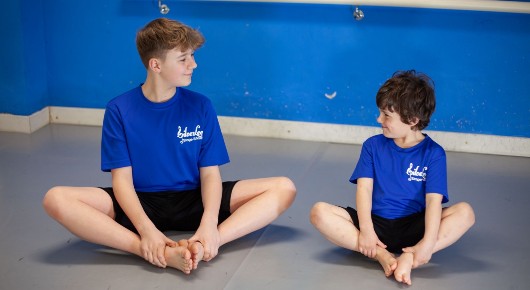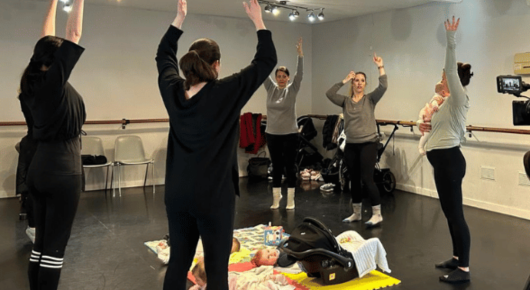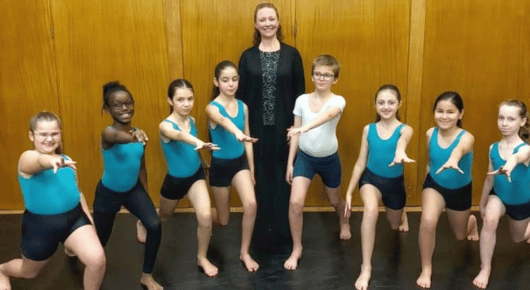10 November 2023
We aim to demystify the process of securing regular dance teaching in primary or secondary schools and provide additional support to our members.
As part of our Find Your Dance Space campaign, launched last year, our goal was to encourage more people to dance with ISTD-qualified teachers while assisting our members in overcoming pandemic-related challenges and rebuilding their dance businesses.
To aid our members in this endeavour, we offered comprehensive business support resources. These included informative guides covering marketing strategies, social media approaches (see page 20 for more details), and brand development. We also provided a marketing toolkit featuring downloadable and customisable materials such as social media posts, flyers, and letters. These resources aimed to help our members promote their businesses effectively and attract more individuals in their local communities to seek out ISTD-qualified teachers.
Furthermore, we developed concise cheat sheets as part of our member support. These cheat sheets offer valuable advice on how ISTD-approved dance teachers or schools can approach local primary and secondary schools to secure regular business. To summarise, here are our top 10 tips for successfully engaging with primary and secondary schools to establish ongoing teaching opportunities.
"When approaching the schools, it is important to maintain an open mind to the school's projects and achievements and how you can slot into their ethos and values. All schools are different in their own approach and as dance artists/teachers we can use our flexibility in our work to create projects and partnerships that work for both and can be developed over time."
Katie Bell, Principal of Bell Dance Academy, Cornwall
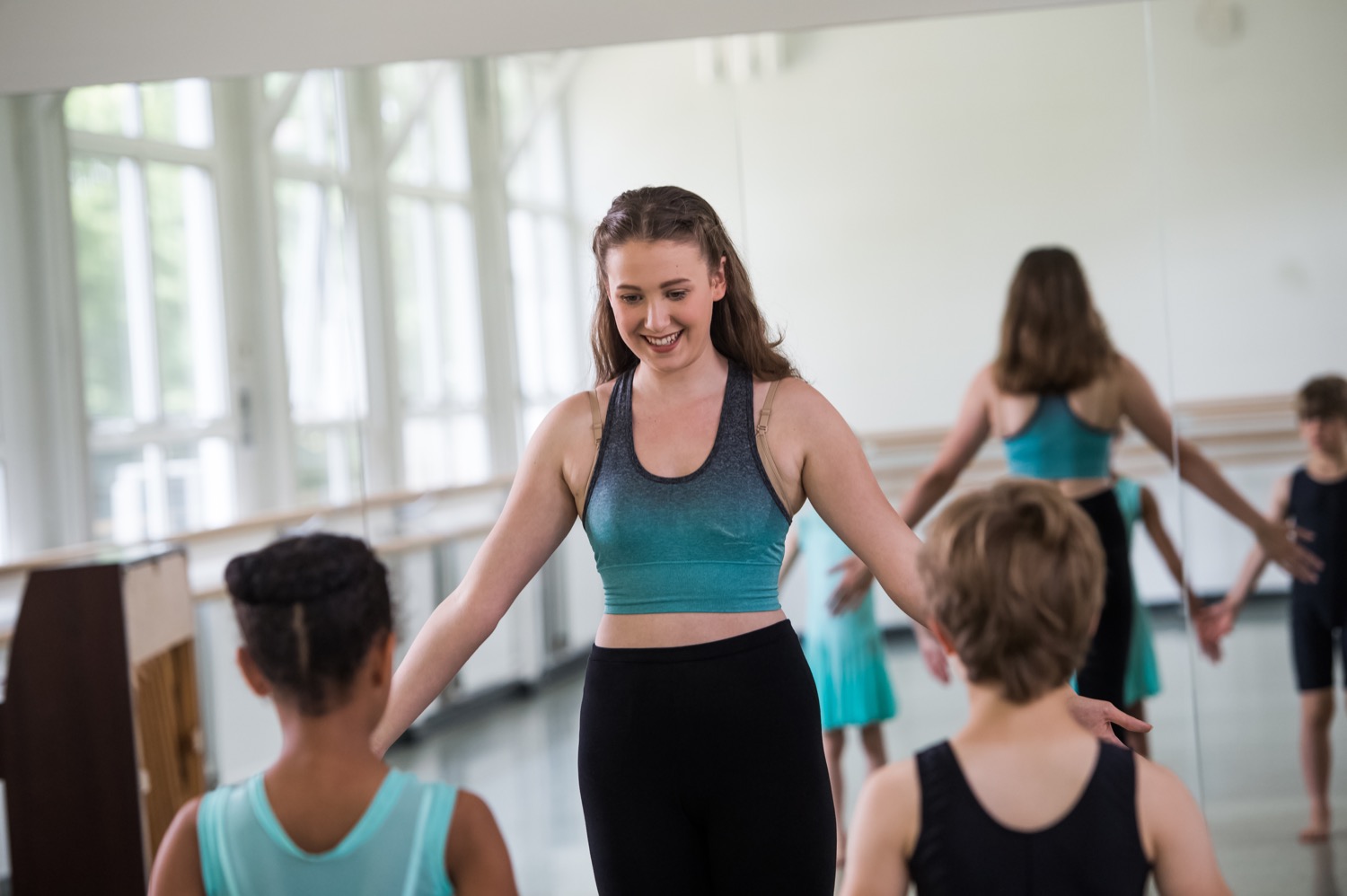
Our top 10 tips for successfully engaging with primary and secondary schools to establish ongoing teaching opportunities.
1. Prioritise safety:
- When contacting a school, emphasise the importance of children’s safety.
- Offer to undergo a DBS check if required, even if you already have one.
- Clarify that you should not be left alone with students unless you are a qualified schoolteacher.
- Specify that the class teacher should be present at all times, even if they are occupied with other tasks.
2. Approach schools strategically:
- Research local schools in the area.
- Identify nearby Academies within a Trust and seek recommendations as a respected dance teacher or school.
3. Offer a comprehensive package:
- Avoid overwhelming schools with multiple options.
- Present a well-thought-out package with clear costs.
- Express flexibility depending on funding opportunities at the school.
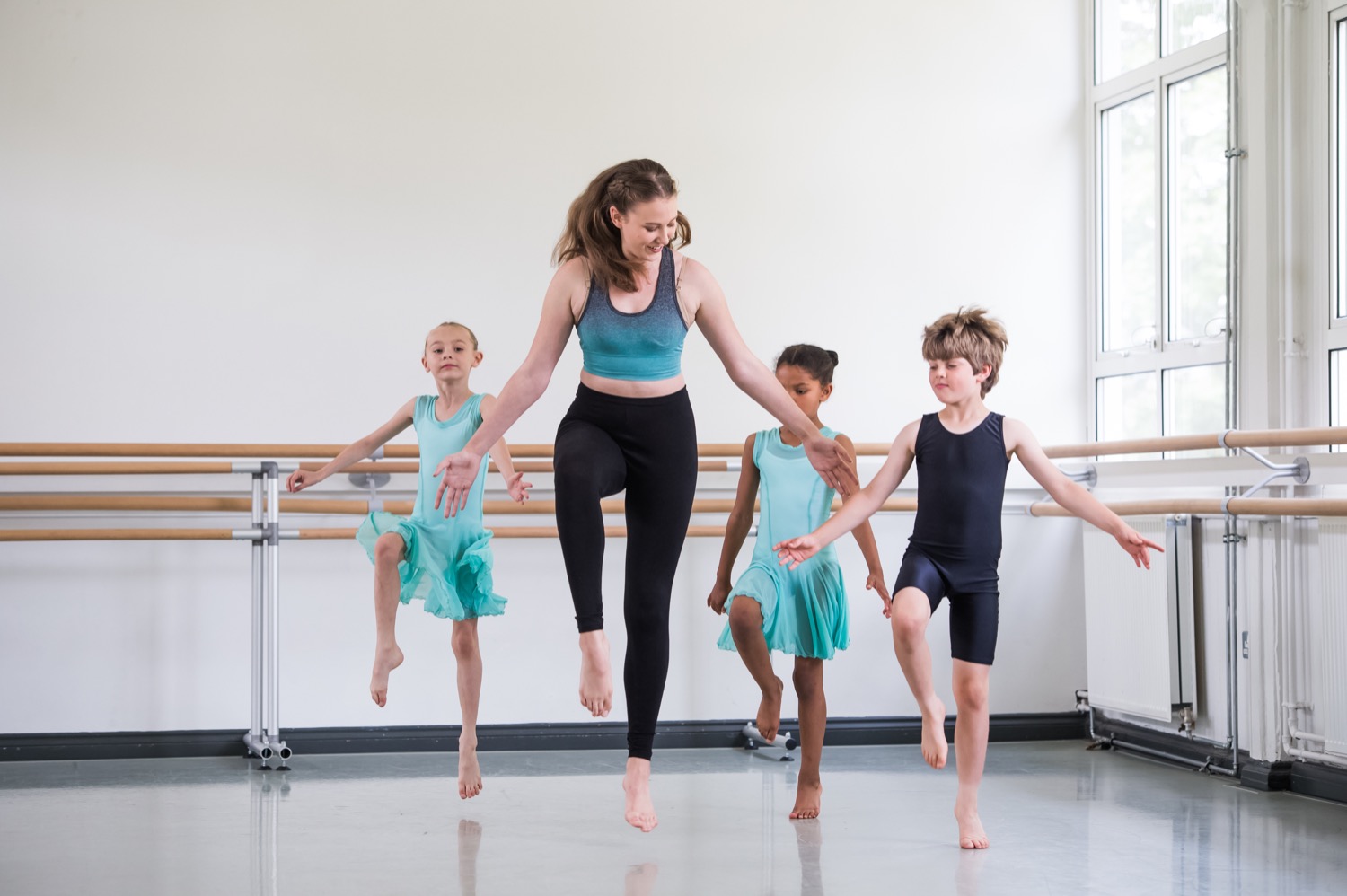
4. Incorporate the ISTD Syllabus:
- Include elements of the ISTD syllabus in your package.
- Tailor the genre to suit the school’s age group, skill levels, and achievability.
- Remain adaptable.
5. Support professional development:
- Emphasise that you offer Continuing Professional Development (CPD) opportunities.
- Share best practices and allow teachers to observe your sessions.
- Consider establishing a formal CPD agreement over time.
- Offer classes as cover for teacher Planning, Preparation, and Assessment (PPA) time.
6. Explore extracurricular activities:
- Promote before and after-school clubs to engage students outside of regular hours.
- Prepare for performances during assemblies or meet the school’s requirements for keeping children active.
7. Foster creativity:
- Make classes enjoyable and engaging.
- Think creatively and adapt to school projects and events.
- Align dance lessons with the curriculum, such as themes related to space, animals, and the human body.
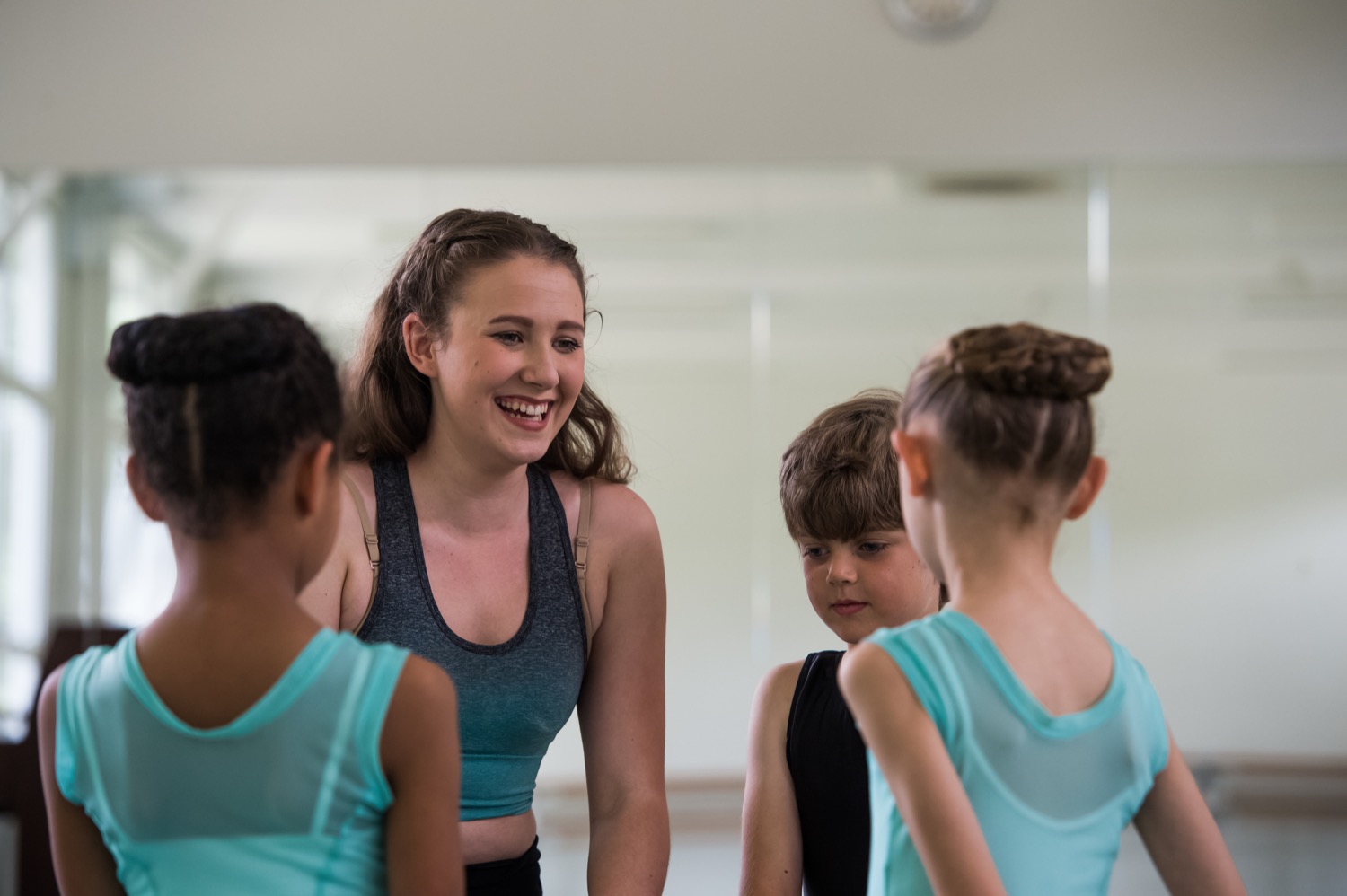
8. Demonstrate flexibility:
- Be willing to adapt to different teaching environments, including transitioning from indoor to outdoor spaces.
- Comply with health and safety requirements, conducting thorough risk assessments.
9. Simplify the process:
- Planning is essential. Keep your plans simple but have some extension tasks ready in case they are needed.
- Relieve the school from additional responsibilities.
10. Request class profiles:
- If possible, ask for a class profile to understand the students’ needs better.
- Consider any necessary adjustments, such as accommodating students whose first language is not English.




